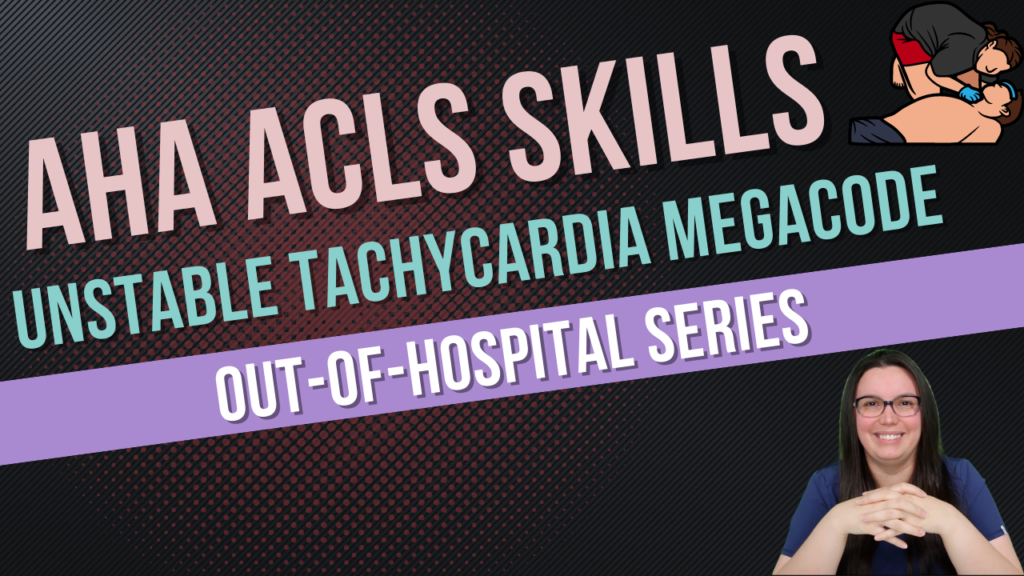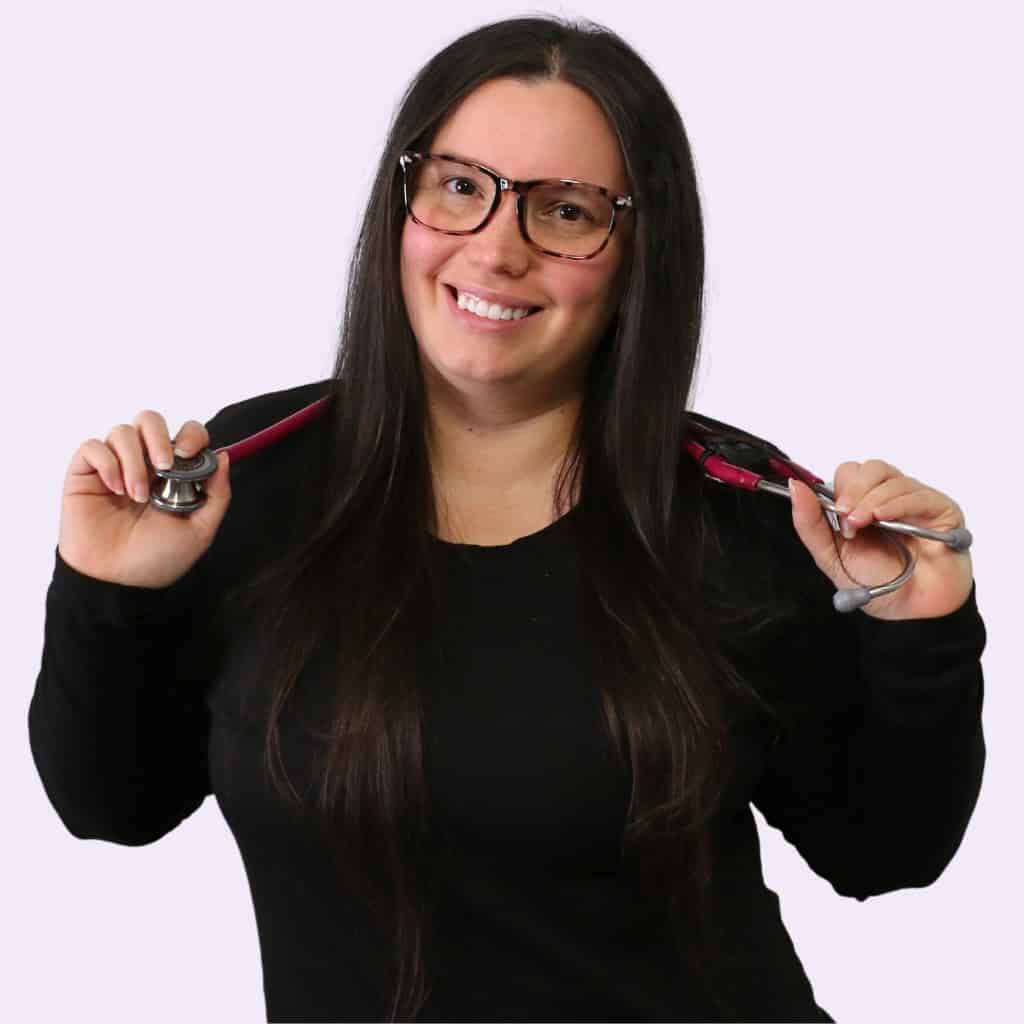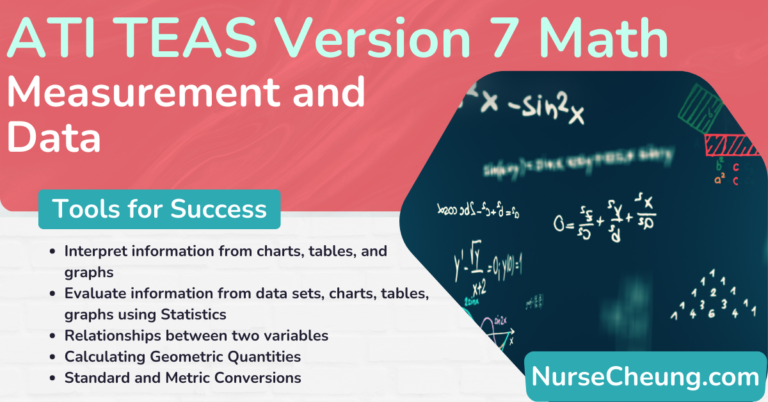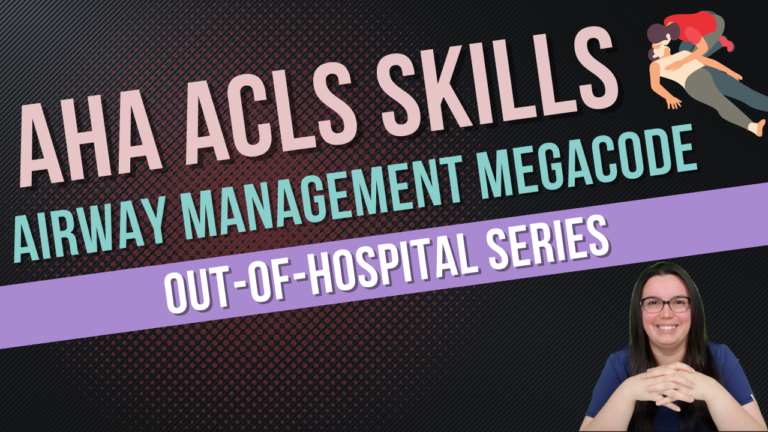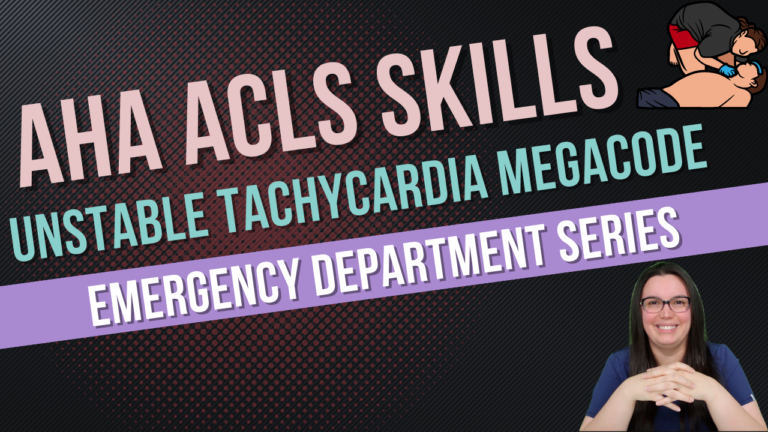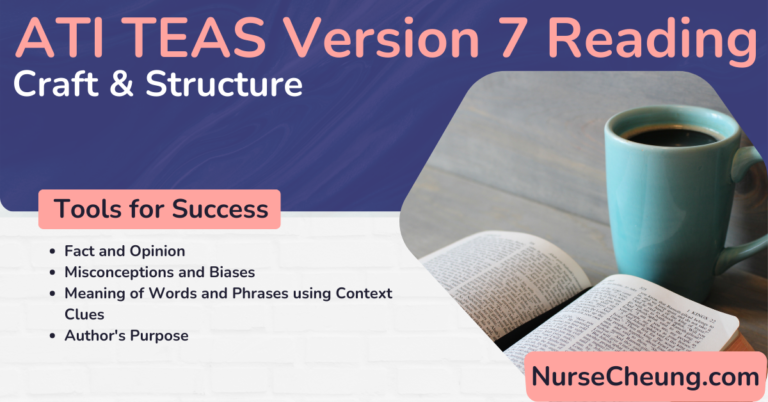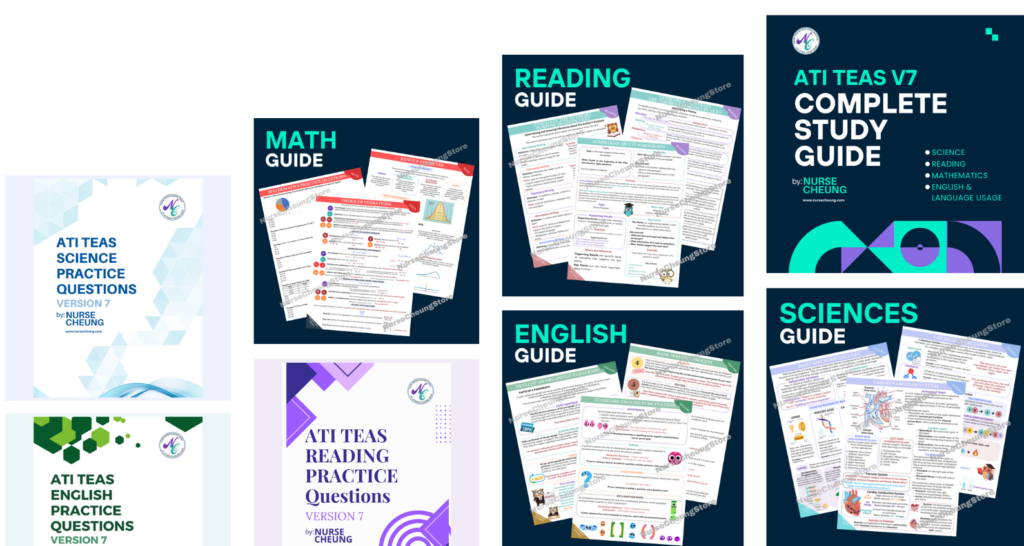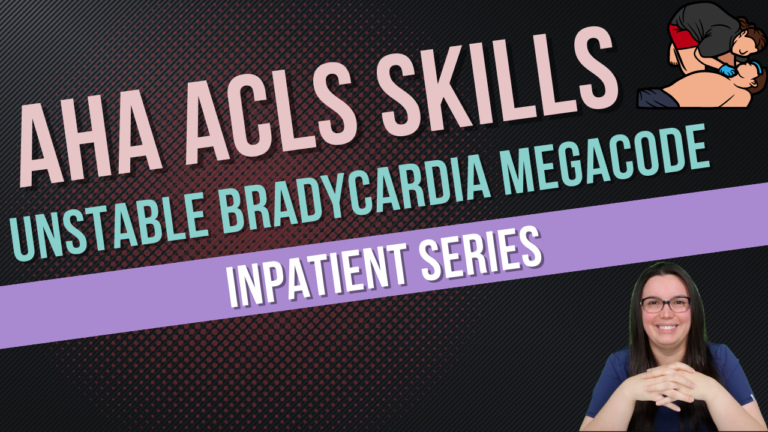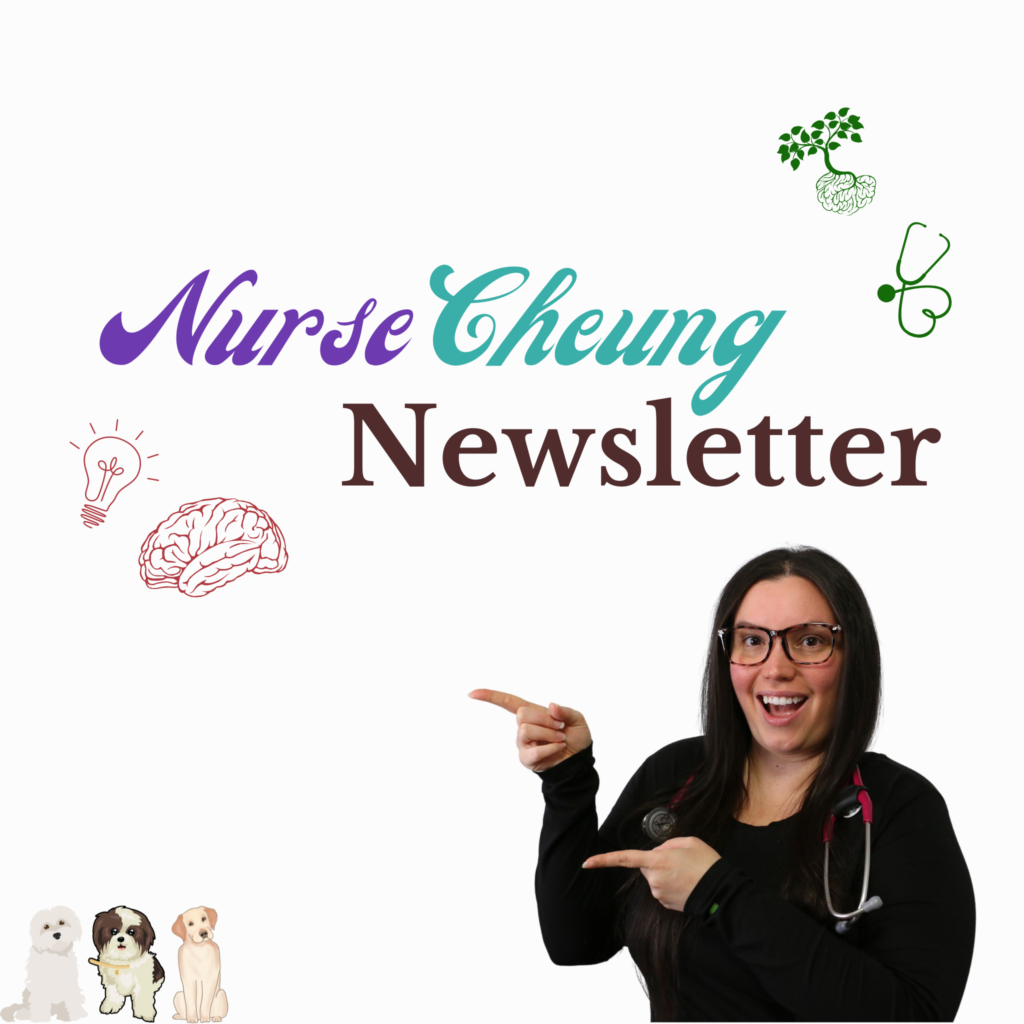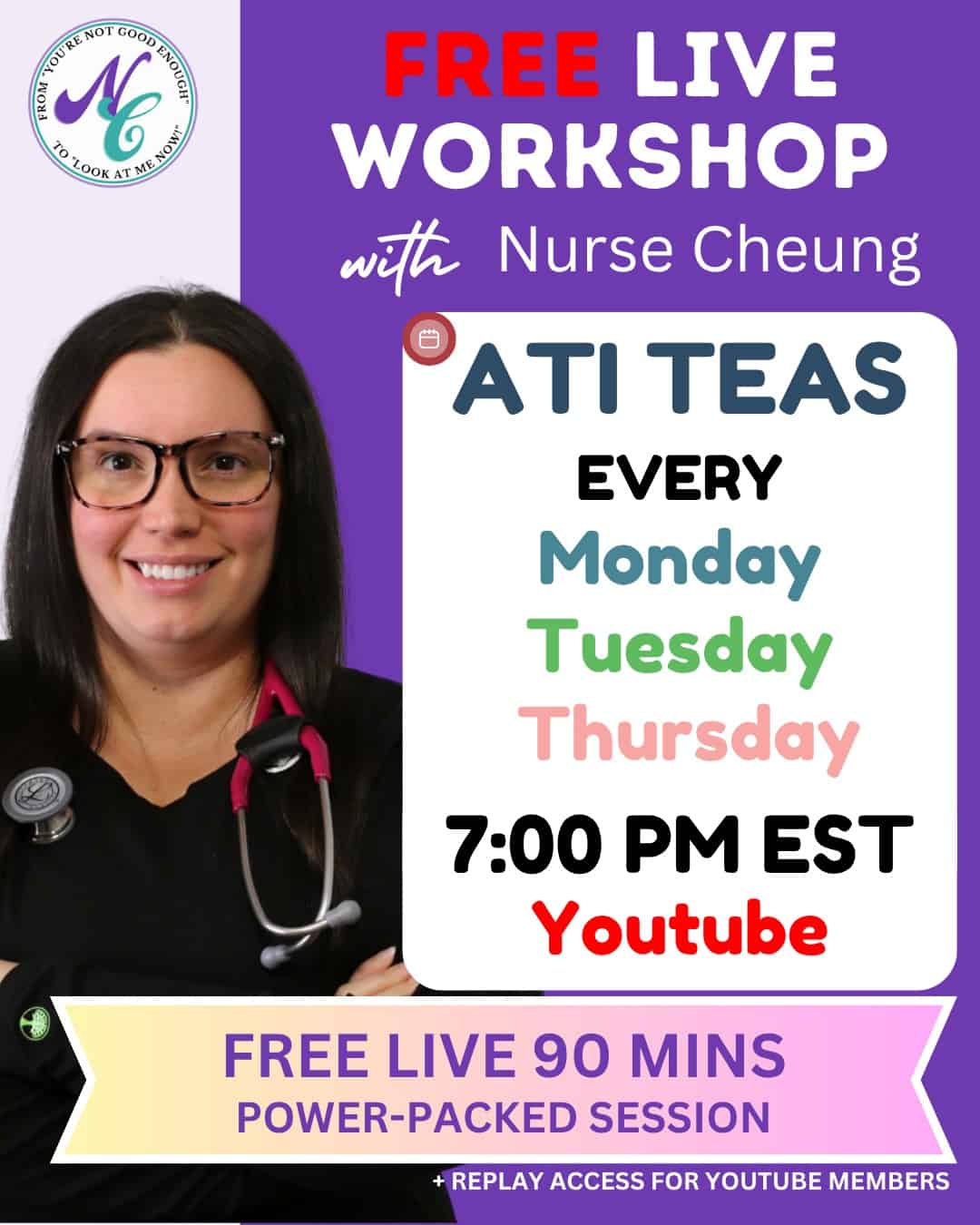ACLS or Advanced Cardiac Life Support is a set of clinical guidelines that are used to treat cardiac arrest and other life-threatening medical emergencies.
One of the most common arrhythmias that ACLS providers will encounter is unstable tachycardia.
In this blog post, we will discuss the most effective strategies for managing unstable tachycardia using the ACLS megacode.
Adult Out-Of-Hospital Unstable Tachycardia Megacode Scenario
The following is a scenario in which you would use the out-of-hospital adult unstable tachycardia megacode:
You are working on an advanced life support ambulance and are dispatched to a person who doesn’t feel right.
Demonstrate what you would do next upon arrival
Initial Impression
The person is a 58-year-old female lying down in the front doorway of her home. She is anxious, pale, and dizzy.
Primary Assessment Survey (A, B, C, D, E)
Airway: The airway is patent but is experiencing mild respiratory distress. The flow through the trachea is not impaired.
Breathing: Oxygenation is showing 92% on room air. You provide oxygen 2LNC.
Circulation: Blood pressure is 92/60, heart rate is not being captured on the monitor, the rhythm check shows monomorphic wide complex ventricular tachycardia and the pulse is present.
Disability: The woman is alert but anxious and diaphoretic.
Exposure: No obvious signs of trauma, bleeding, burns, markings, or medical alert bracelet. The woman’s son states he helped her to the doorway to get some cold air. He denies any falls or injuries.
What are your next actions?
- Check responsiveness: Tap the shoulders and shout, “Are you okay?” The woman responds but is weak.
- Activate the emergency response system. You direct the second rescuer to activate the emergency response system and get an AED.
- Check for breathing: Look for visible chest rising and falling. Breathing is rapid and present.
- Check for a pulse: Place your fingers on the inside of the patient’s neck, just below the angle of the jaw. You will palpate the carotid pulse for no more than 10 seconds. Pulse is present but fast.
What are your next actions?
Pulse and breathing are present so we will not begin CPR starting with compressions.
Unstable Tachycardia Algorithm
Identify and Treat the Underlying Cause
- Maintain patent airway, assist with breathing if necessary – Airway is patent and breathing is spontaneous
- Oxygen (if hypoxemic) – The woman is on 2LNC upon Primary Assessment
- Cardiac monitor, blood pressure, oximetry – monomorphic wide complex ventricular tachycardia, BP 92/60, 96% on 2LNC
- IV Access – 20 gauge in the right antecubital
- 12-Lead ECG if available and doesn’t delay therapy – Not readily available
Persistent Tachyarrhythmia Causing
- Hypotension? – YES
- Acutely altered mental status? – NO
- Signs of shock (low blood pressure, altered mental status, cold moist skin, weak or rapid pulse, rapid breathing, decreased urine output) – YES
- Ischemic chest discomfort? – YES, woman states chest discomfort
- Acute heart failure (heavy breathing, suffocating sensation, struggle to breathe while lying down, tight chest, arrhythmia, cough, fluid retention, loss of consciousness)? – YES
Interventions
What interventions could you perform next?
- Synchornized Cardioversion – Consider sedation
If synchronized cardioversion is not effective or contraindicated:
- Amiodarone IV Drip: 1-4 mg/min
- Procainamide 20-50 mg/min until the arrhythmia is suppressed, hypotension ensues, QRS duration increases. There is a maintenance infusion dose.
- Sotalol 100 mg (1.5 mg/kg) over 5 minutes. Avoid if QT is prolonged.
Outcomes
Two attempts at synchronized cardioversion were performed unsuccessfully. No change in rhythm was noted.
Amiodarone infusion started. After 5 minutes, another attempt at synchronized cardioversion was attempted and successful.
Rhythm is now normal sinus rhythm at 80 bpm.
You will begin the transfer to the nearest hospital. Your scenario has concluded.


